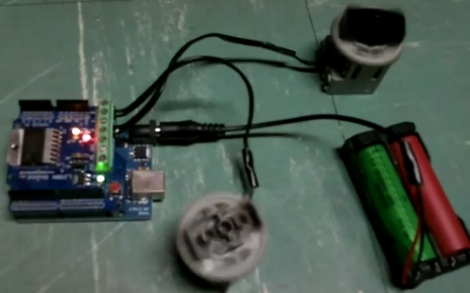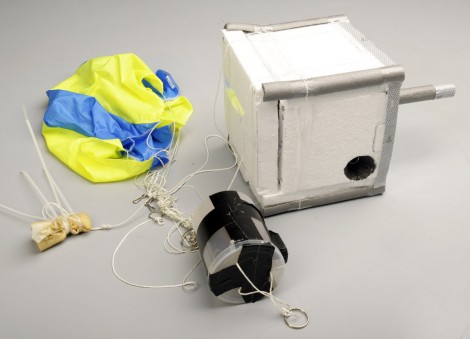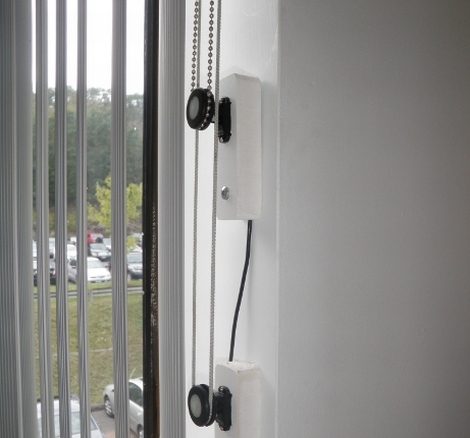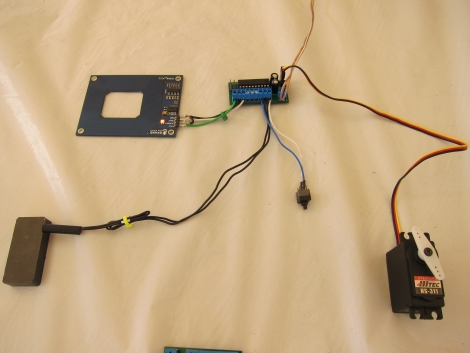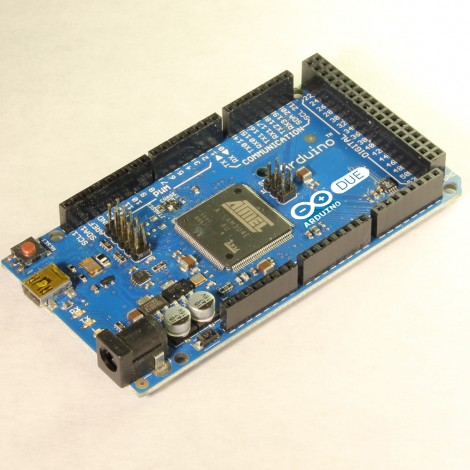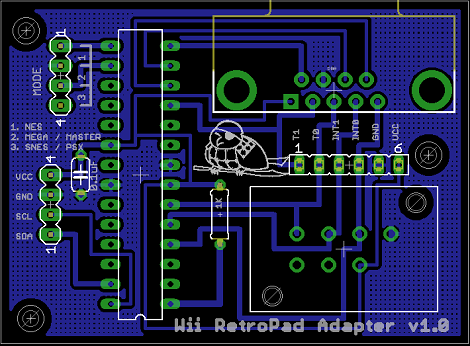[Roy] over at GeekDad had a dead laptop battery on his hands, and decided he would disassemble it to see what useful things he could do with the cells inside. He mentions in his article that even though your laptop might be convinced that its battery is toast, more often than not just one or two cells are damaged. This may not be news to all of our readers, but is worth pointing out to those who might not be aware.
With the bad cells separated from the good, [Roy] thought up a couple of different uses for his newly acquired batteries. His initial idea was to power an LED flashlight that was made to run on the 18650 cells he recovered from his laptop – not a stretch of the imagination, but definitely useful. The second use he came up with was to pair two of the cells together in order to simultaneously power an Arduino and some small Lego motors.
[Roy] lays out all of the standard caveats you would expect regarding the care and feeding of the lithium cells, and even suggests rebuilding the laptop battery as an option for the more skilled members of his audience.
Now we understand that dismantling and re-using old laptop cells is not necessarily groundbreaking, but it’s definitely something that’s worth a bit of discussion. [Roy] admits that his two ideas fall far short of the “18650 Things” his article title suggests, so how about adding a few of your own?
If you have stripped down some laptop batteries to salvage the cells, let us know what you did with them in the comments – we would be interested in hearing about it.

